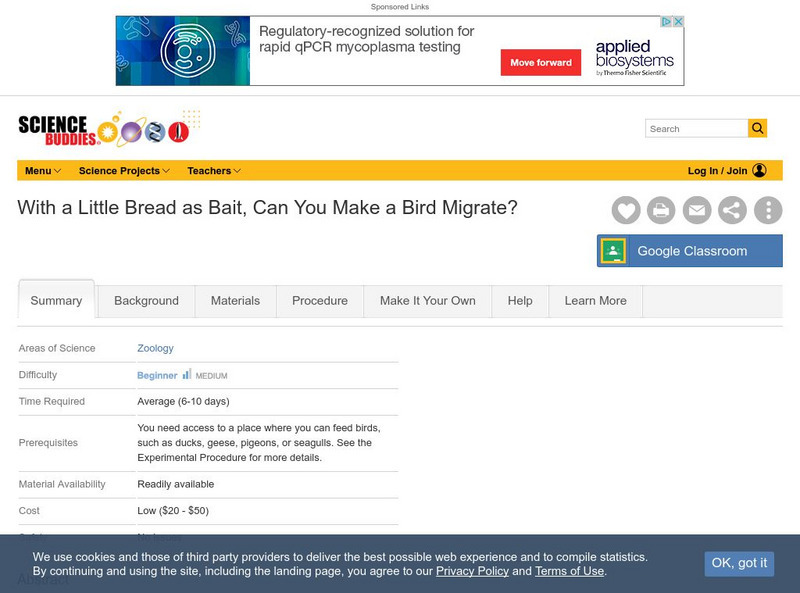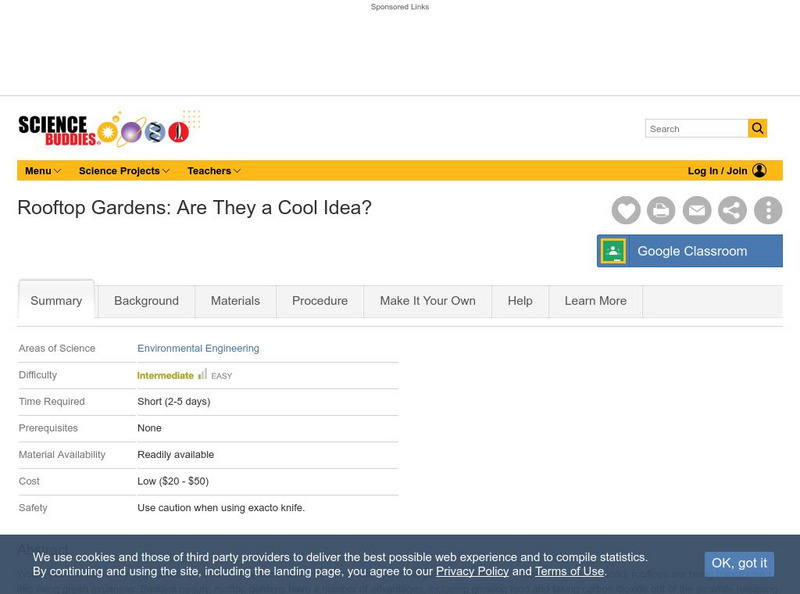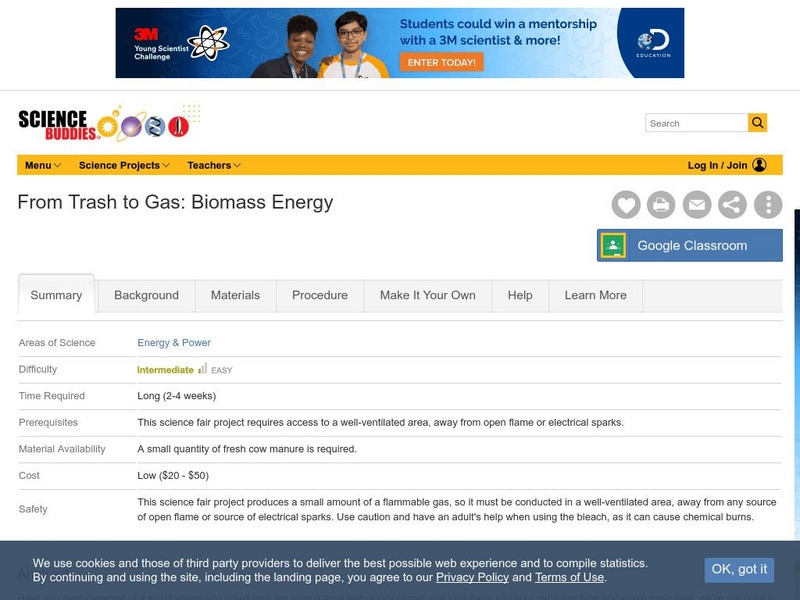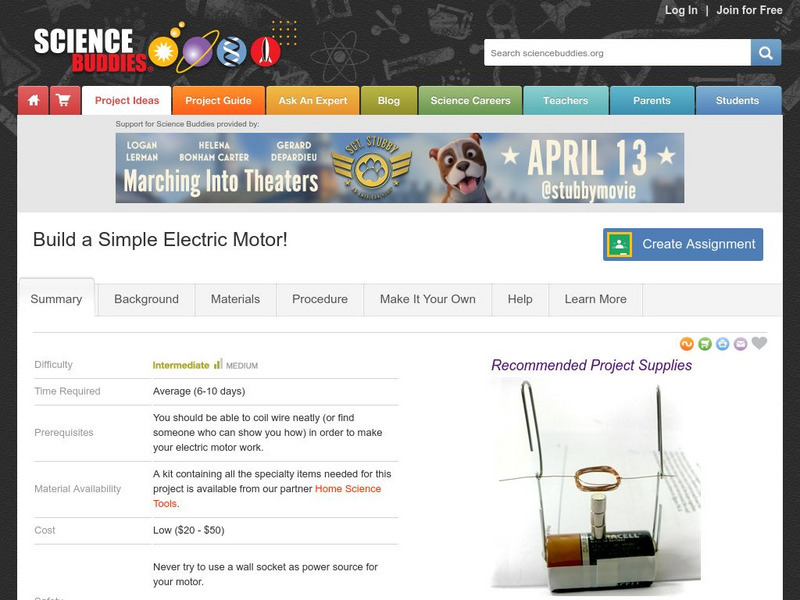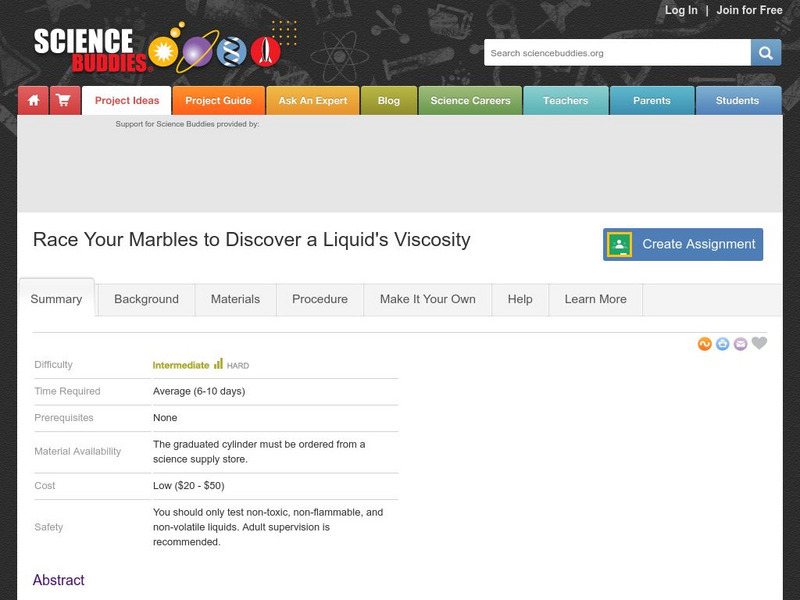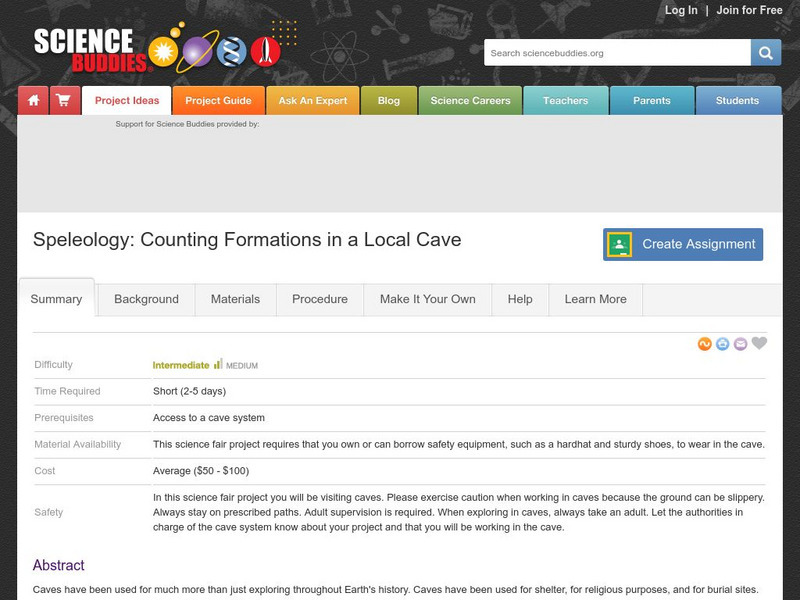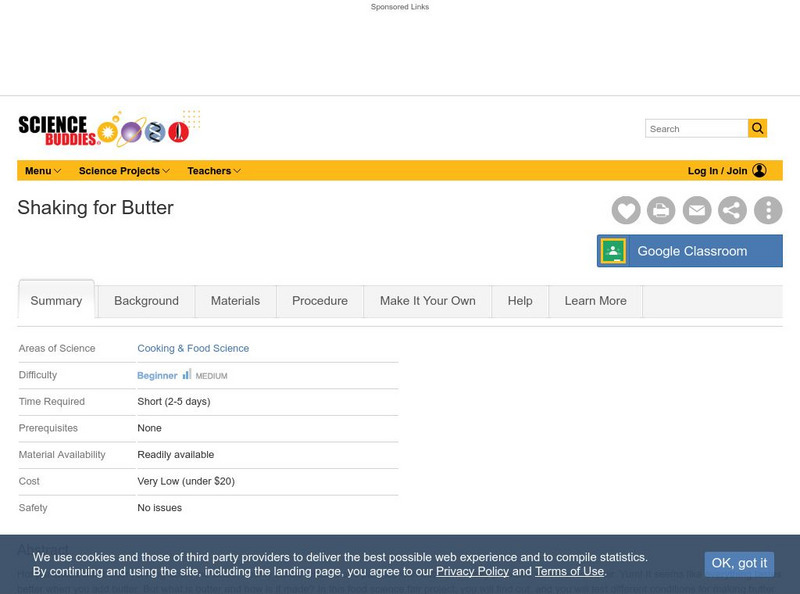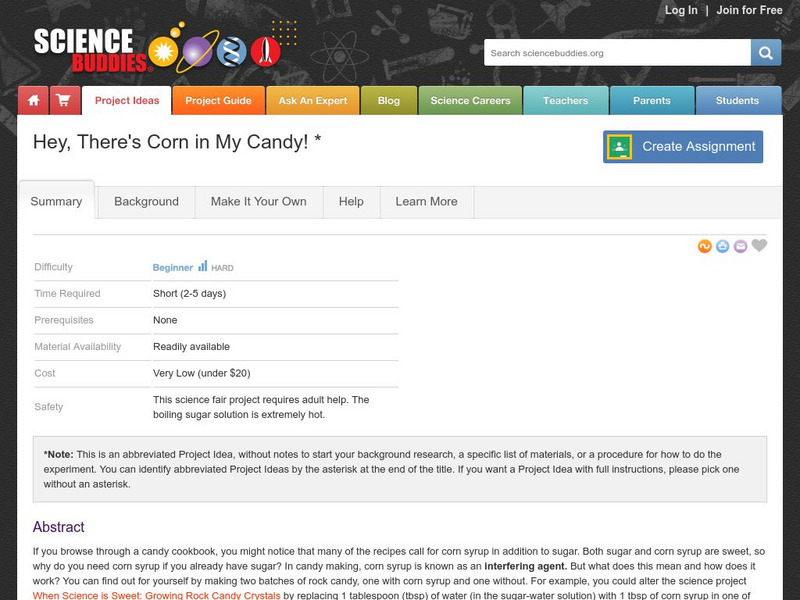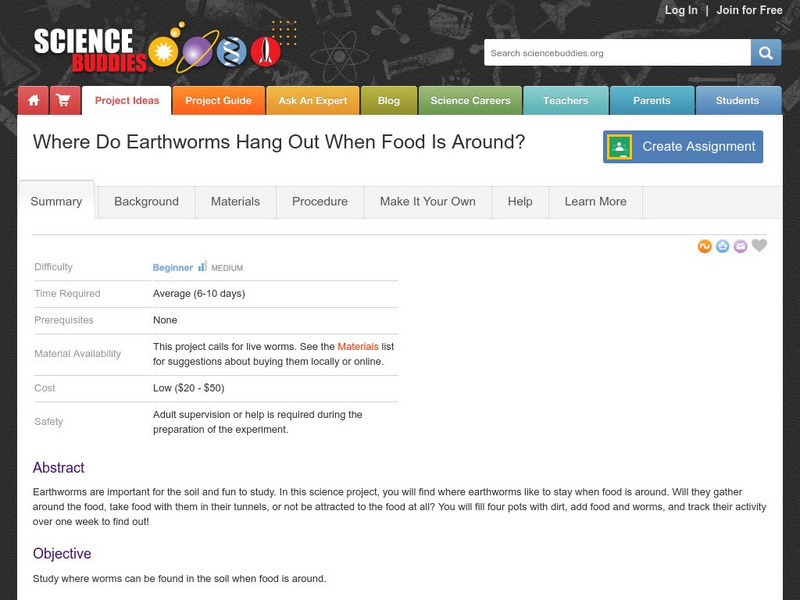Science Buddies
Science Buddies: Do You Love the Taste of Food? Find Out if You're a Supertaster
To supertasters, the flavors of foods are much stronger than to average tasters. This can explain why some people are more picky about their food than others, because they experiences tastes in a much stronger form. Find out if you are a...
Science Buddies
Science Buddies: With a Little Bread as Bait, Can You Make a Bird Migrate?
You might like to play in the autumn leaves and winter snow, but have you noticed that many birds don't like to stick around for the cold weather? And instead of the birds you're used to seeing in the warm months, your new feathered...
Science Buddies
Science Buddies: Rooftop Gardens: Are They a Cool Idea?
Around the world, rooftops are being transformed into living green expanses. Besides beauty, rooftop gardens have a number of advantages, including growing food and taking carbon dioxide out of the air while releasing breathable oxygen....
Science Buddies
Science Buddies: From Trash to Gas: Biomass Energy
Have you ever dreamed of a world where you could take the scraps from last night's dinner and toss them into your car's fuel tank and make gas? Well, we're not quite in "Back to the Future" yet, but in this energy science fair project,...
Science Buddies
Science Buddies: Spin Right 'Round With This Simple Electric Motor
If you put on clothes that were washed in a washing machine, rode in a car, ate food from a fridge, warmed up lunch in a microwave, or played a video game, you used an electric motor. Try this science fair project and you'll learn how to...
Science Buddies
Science Buddies: Got Iron? Measure the Concentration of Iron in Water
Iron is an important mineral essential for good health. Iron deficiency can be a problem. In this science fair project, use a simple iron test kit to measure the concentration of iron in water. This experiement is explained clearly and...
Science Buddies
Science Buddies: Cold Room? Heat It Up With a Homemade Solar Air Heater
Humans need food, water, and warm shelter to survive. But a lot of humans depend on fossil fuels to supply gas and electricity to heat our homes. But burning fossil fuels to create energy is harmful to the environment. In this science...
Science Buddies
Science Buddies: Race Your Marbles to Discover a Liquid's Viscosity
How do you like your mashed potatoes? Thin and whipped smooth? Or thick and mashed into chunks? Your mouth checks out not just the taste of your food, but its viscosity, or how it flows on your tongue, every time you take a bite. In this...
Science Buddies
Science Buddies: Fast Food: Can Peppermint Improve Reaction Times?
Did you know that some teachers give their students a peppermint candy on state testing days? Is it to give the kids sweet-smelling breath? Or are the teachers hoping for something more on the important testing day? In this human biology...
Science Buddies
Science Buddies: Speleology: Counting Formations in a Local Cave
In the past caves have been used for shelter, for religious purposes, and for burial sites. They were even used for food storage before refrigeration, because they are cool and have constant high humidity. Get ready for an adventure as...
Science Buddies
Science Buddies: Project Ideas: Processed Cheese
The goal of this cooking and food science fair project is to understand how processed cheese is made, and to determine which percentage of emulsifying salt produces the best processed cheese. The Science Buddies project ideas are set up...
Science Buddies
Science Buddies: Shaking for Butter
In this food science fair project, the student will determine the best conditions for making butter.
Science Buddies
Science Buddies: Hey, There's Corn in My Candy!
In candy making, corn syrup is known as an "interfering agent." You can find out just what this agent does by making two batches of lollipops, one with corn syrup and one without and examining the differences between the two. Once you...
Science Buddies
Science Buddies: When Science Is Sweet: Growing Rock Candy Crystals
Though rock candy seems to be a simple enough treat, it is also pretty interesting to make. Crystallized sugar that can be grown from a sugar-water solution is just how rock candy is made. In this experiment, you will learn to make your...
Science Buddies
Science Buddies: Juice Box Geometry
Juice boxes are so convenient, just poke the straw in and sip away. It might surprise you how much thought goes into the design and manufacturing of a juice box. Each manufacturer has carefully calculated how big each side should be to...
Science Buddies
Science Buddies: Earthworms: Nature's Tiller?
Everybody knows that worms are good for the soil, but not everybody knows why. This lab shows you how to efficiently measure earthworms within units of soil to determine their affect on decomposition and reduction of surface residue.
Science Buddies
Science Buddies: Tough Beans: Which Cooking Liquids Slow Softening the Most?
Beans are important to the diets of many people, that is why you always find it cooked a specific way or in a specific dish in different cultures. Here you will learn how the liquid that beans are cooked in affects how quickly or slowly...
Friends of Algonquin Park
The Science Behind Algonquin's Animals: Moose
Information is provided on the moose, its general appearance, weight, migration, food sources, habitat, and major predators. This is excellent information for a student research project.
Friends of Algonquin Park
The Science Behind Algonquin's Animals: Painted Turtle
Excellent information is provided on the painted turtle's appearance, weight, migration, food sources, predators and breeding. Research questions provide the answers to many common questions such as how long they live.
Friends of Algonquin Park
The Science Behind Algonquin's Animals: Brook Trout
Learn about the Brook Trout's appearance, size, migration, food sources and breeding as well as the answers to other interesting research questions. Included is a video showing the capturing and marking of a Brook Trout and an...
Friends of Algonquin Park
The Science Behind Algonquin's Animals: Black Bear
Known as the American Black Bear or commonly the Black Bear, information is detailed on its appearance, weight, migration patterns, food sources, major predators and breeding. This is an excellent resource for the student researcher.
Science Buddies
Science Buddies: Candy Chromatography: What Makes Those Colors?
One of the characteristics that makes M&Ms so popular is dye that colors the hard shell, and of course the chocolate. But, many are unaware of what dyes are used to make those colors. This day long lab uses paper chromatography to...
Other
Canada Agriculture and Food Museum: Canadian Dairying [Pdf]
A fabulous site with numerous illustrations showing the various phases of dairying.
BiologyWise
Biology Wise: Tips on How to Make a Plant Cell Model
Describes the steps for making a model of a plant cell in two different ways. The first way uses mostly sweet foods and the second way uses a shoebox, clay, and simple materials.
Other popular searches
- Science Project Food Apples
- Science Project Food Chain
- Science Project Food Waste
- Science Project Food Rice
- Food Science Fair Projects
- Science Project Food Decay
- Science Projects Food Chain

